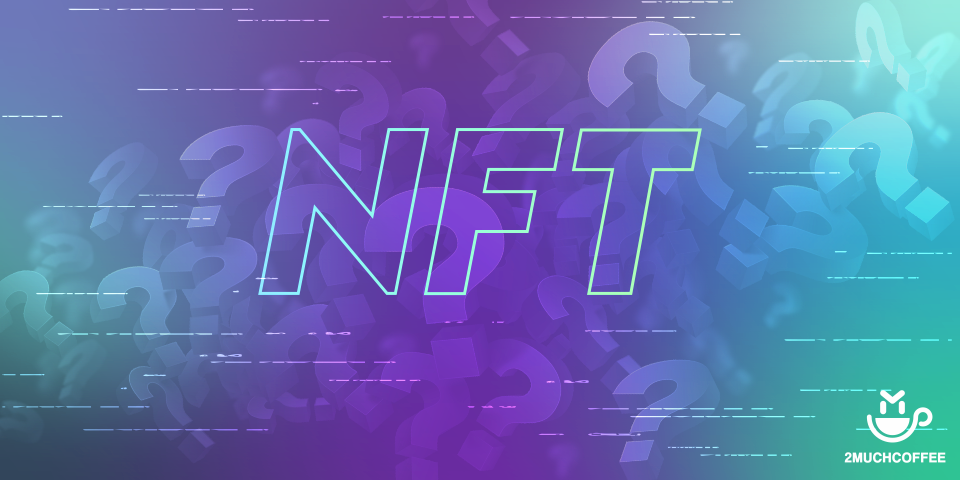More About NFTs and Traditional Art Galleries: Bridging the Gap Between Physical and Digital Art

NFTs and Traditional Art Galleries: Uniting the Gap Between Physical and Digital Art

In latest years, non-fungible tokens (NFTs) have taken the craft world through storm, reinventing the technique we acquire, sell, and enjoy electronic art. The surge of NFTs has likewise sparked a conversation concerning the partnership between bodily craft galleries and the digital round. Can these two seemingly inconsonant worlds discover usual ground? Are NFTs a danger to traditional art showrooms, or can they coincide in compatibility? In this article, we are going to check out how NFTs are linking the space between bodily and electronic fine art.
One of the very most appealing parts of NFTs is their capacity to verify and develop possession of electronic possessions. In conventional craft exhibits, provenance is often one of the very most vital aspects establishing an artwork's market value. With NFTs, performers may produce a one-of-a-kind gift that embodies their artwork electronically. This symbol behaves as a certificate of authenticity, making sure that purchasers know they are acquiring an original piece.
For traditional craft galleries, integrating NFTs into their business model opens up up brand new opportunities for arriving at a larger reader. By digitizing their collections through NFTs, exhibits can increase their range beyond physical wall surfaces and bring in collectors from around the world who might not have access to visit in individual. This not just improves direct exposure for performers but also offers an possibility for exhibits to generate extra income streams through selling restricted edition electronic copies alongside bodily artworks.
Additionally, NFTs deliver a option to some of the problem experienced by traditional galleries in phrases of storage space room and preservation. Physical art work demand correct storage health conditions to make sure their durability. Having said that, with limited area accessible in most galleries, it comes to be complicated to show all pieces at once while keeping them secure coming from damage or wear and tear. By developing electronic duplicates through NFTs, showrooms may showcase their whole selection online without worrying about physical restraints or possible harm to the art work.
The growth of NFTs has likewise triggered a brand new wave of rate of interest in digital craft. Also Found Here who mainly operate in the electronic channel are now able to earn money their creations by means of NFTs, opening up a world of options that was previously elusive. This has led to an surge of creative thinking and development in the digital art room, as musicians discover brand-new means to interact with their reader and redefine what it implies to own and experience art.
While some may claim that NFTs pose a danger to standard fine art exhibits through moving concentration in the direction of digital ownership, others observe it as an option for collaboration. In fact, a lot of galleries have already started taking advantage of NFTs as a way to improve their offerings. By organizing digital events or partnering with digital artists, galleries may stay appropriate in the ever-evolving craft market while likewise attracting a brand-new creation of enthusiasts who are extra comfortable with digital platforms.
It is crucial to note that while NFTs have gained significant focus and value in recent months, they are not without conflict. The ecological influence of blockchain technology utilized for minting and investing NFTs has elevated worries among performers and activists as well. It is vital for both traditional exhibits and NFT systems to resolve these concerns transparently and work in the direction of lasting remedies that decrease carbon dioxide footprint.
In final thought, NFTs possess the ability to connect the space between physical and electronic craft by delivering authentication, broadening reach, addressing storage space problem, and encouraging digital musicians. Conventional craft exhibits can easily leverage this modern technology to enrich their offerings while embracing the opportunities presented through the digital age. By finding typical ground between physical and electronic fine art worlds, we can develop a a lot more comprehensive and assorted creative yard that gain musicians, collectors, and audiences identical.
Word count: 800
